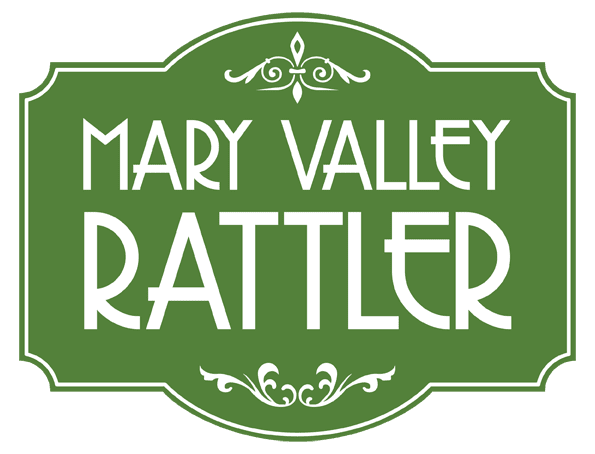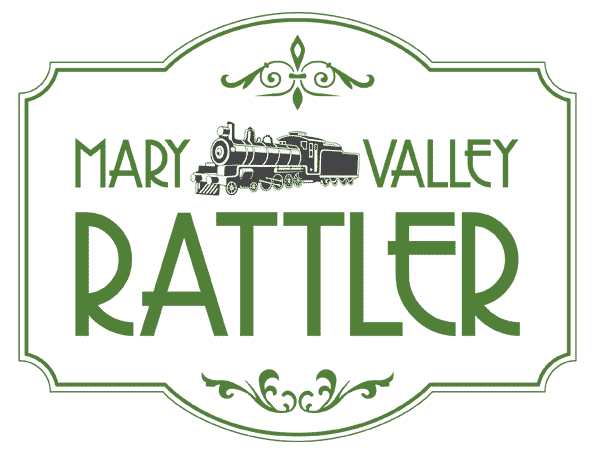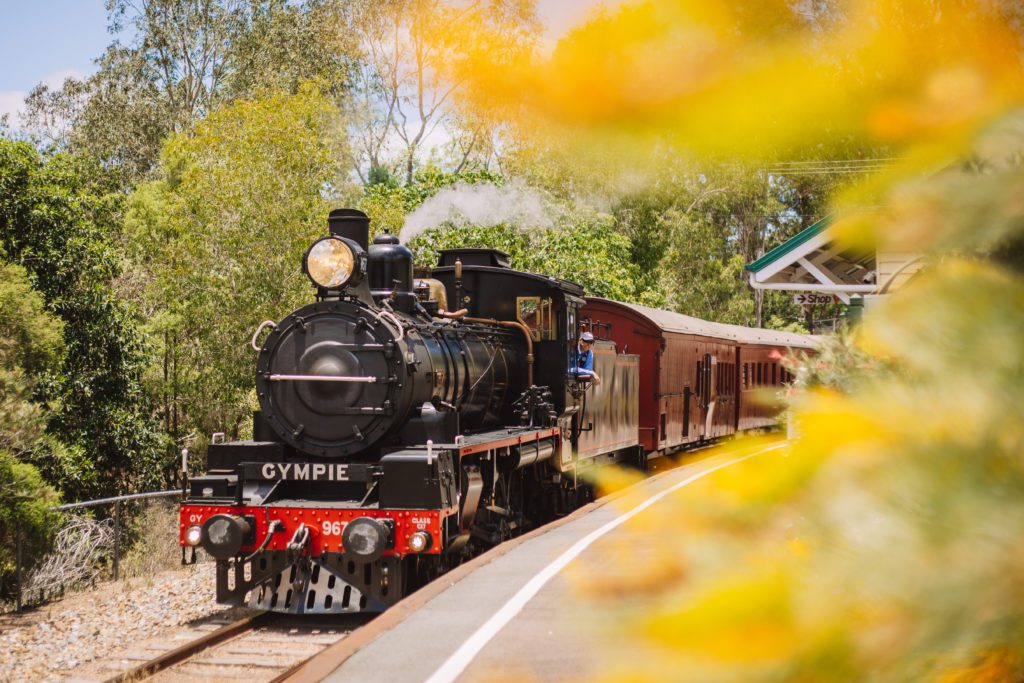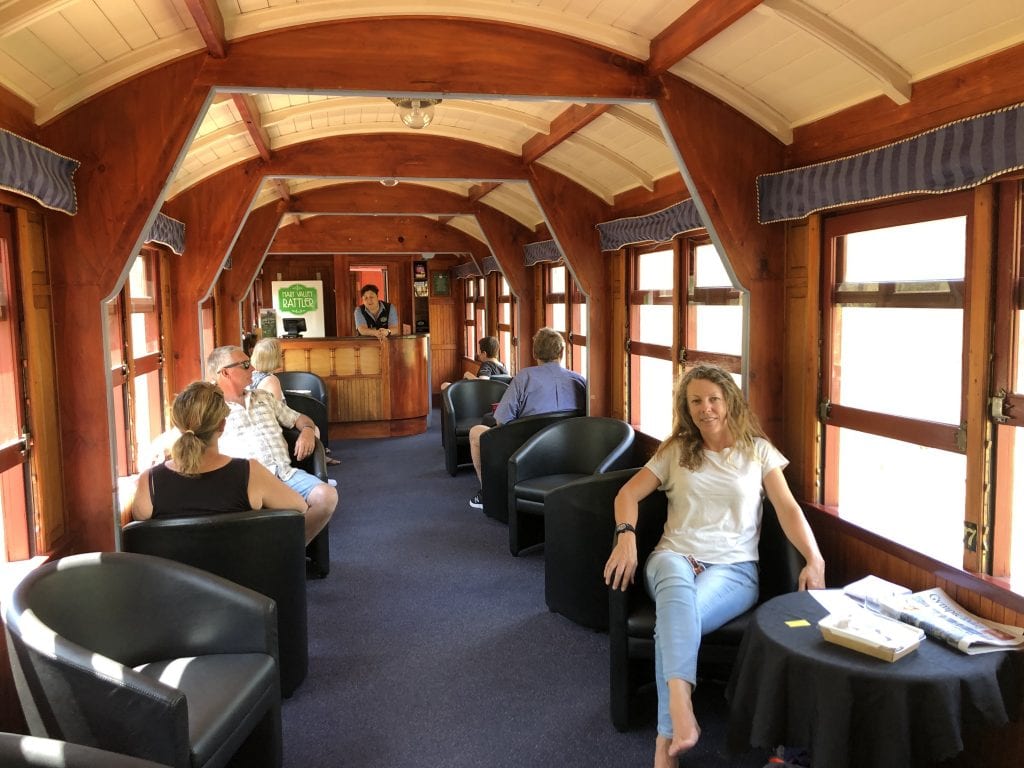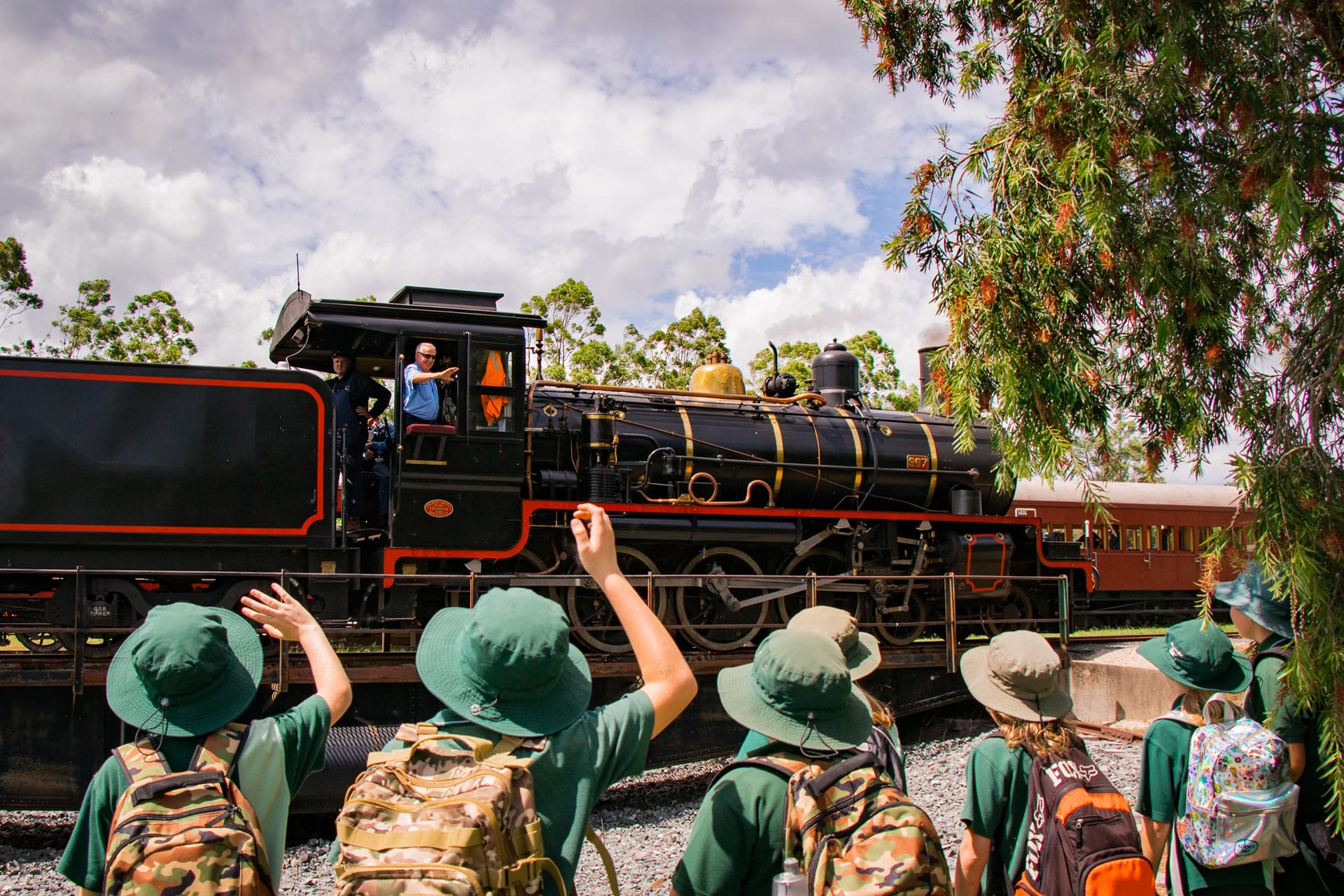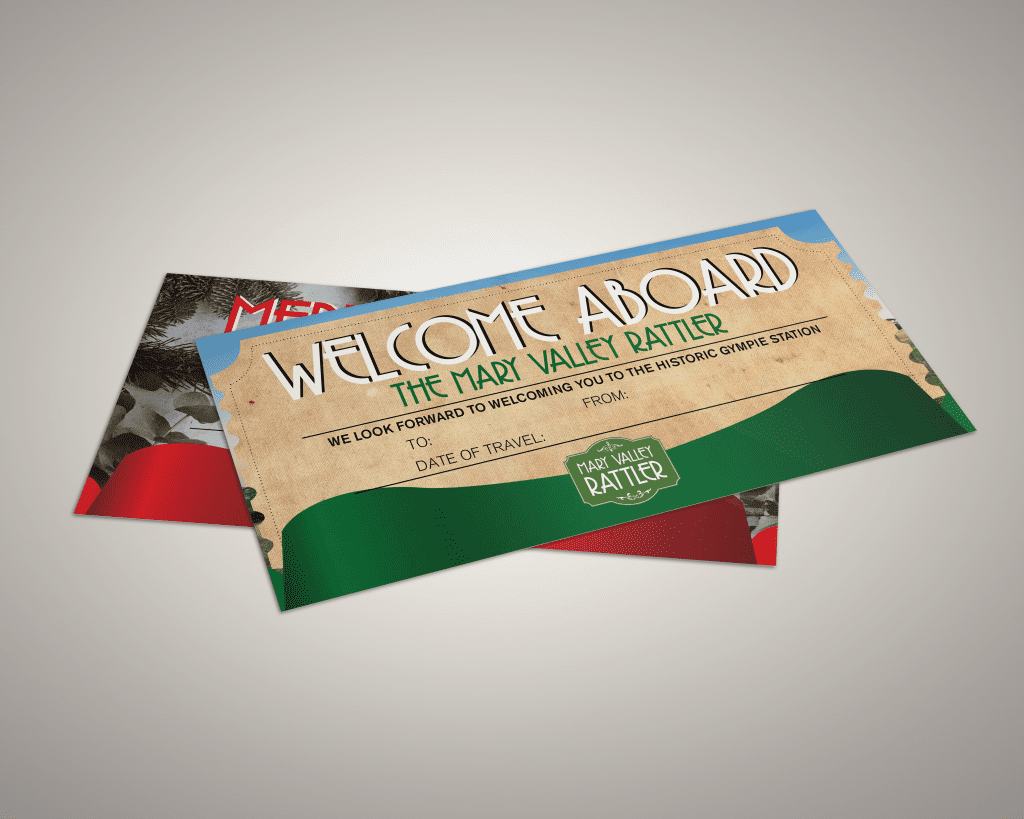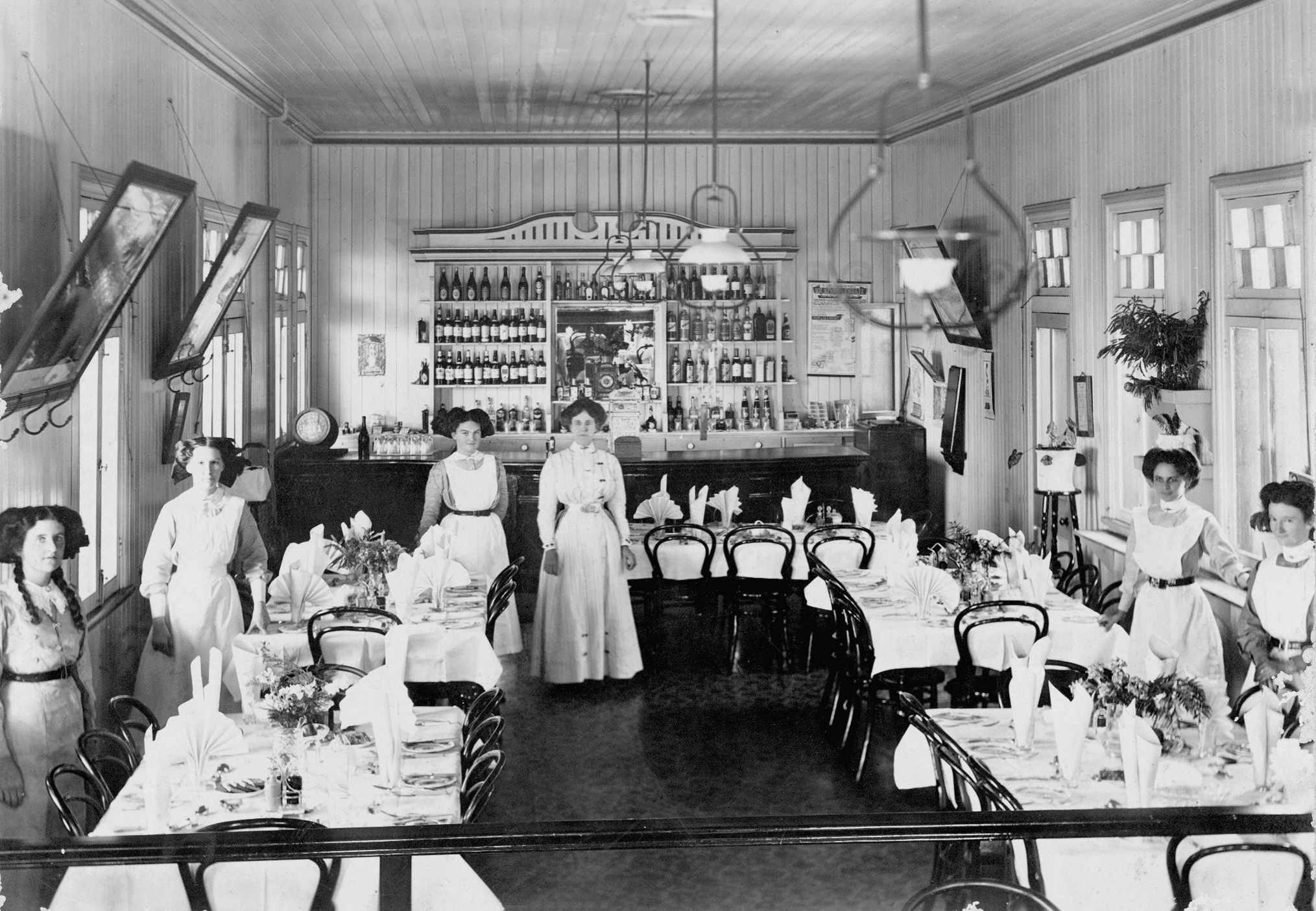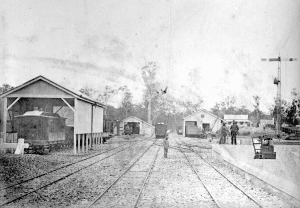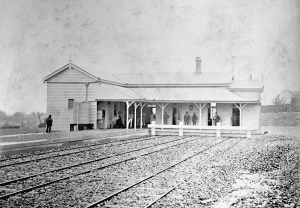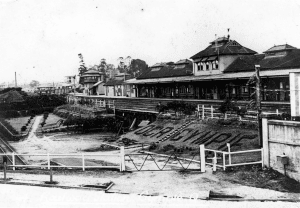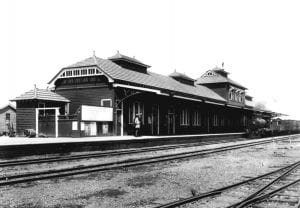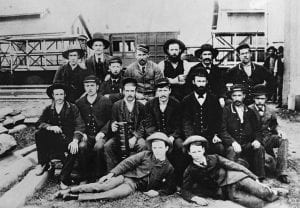Our Story
The Mary Valley Rattler is one of Queensland’s most iconic heritage experiences, capturing the Gympie region’s rich history while offering visitors a contemporary tourism attraction and the beauty of the spectacular Mary Valley landscape.
Driven by a group of passionate volunteers who both love the region and love steam engines, a trip on the Mary Valley Rattler is like taking a journey back in time.
The ‘Rattler’, as everyone knows it locally, has been a driving force for the development of the region since gold was discovered in Gympie in 1867.
Even before then, European settlers in the Mary Valley were talking of the region’s incredibly fertile soil and advocating for a railway to connect them and their agricultural produce with the outside world.
If their early calls were ignored, the gold rush certainly hastened the decision, as transporting materials and equipment into the region was costly and time consuming, as was shipping out the precious metal.
Both Brisbane and Maryborough fought long and hard to be the major port for Gympie to export the gold and produce from the valley. After nearly a decade of political battling Maryborough won, and in 1881, the first railway to link Gympie to the port was launched and known as the ‘Mary River line.
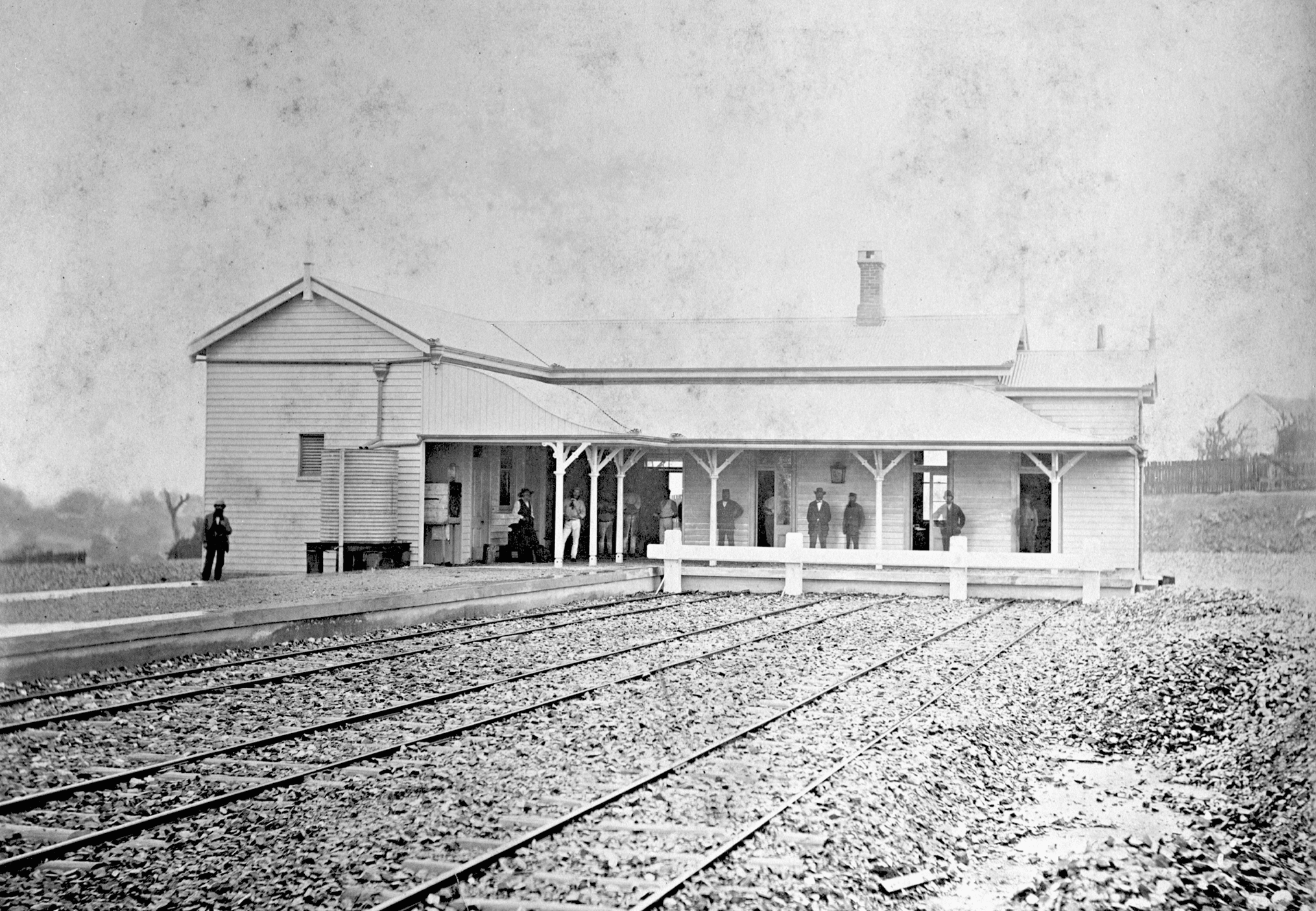
The original Gympie Terminus Station was built on the top of a steep hill.
Introduction
To service the new railway line, a station was built on top of a hill, at the end of the line. However, when Gympie was finally linked to the Brisbane-North Coast line in 1891, the engines were required to navigate a very steep climb of 1 metre in 50 metres for the 3km approach from the south. At times, the gradient was so taxing that a second engine was required for trains with heavy loads.
The rivers of gold may have eased, but the Gympie/Mary Valley region continued to develop especially in agriculture, dairying, and timber, and by the turn of the century there was considerable local agitation for a railway line to be expanded through the Mary Valley to Brooloo, which is just north of what is now known as the Sunshine Coast.
Work commenced in June 1911 and reached the terminus of Brooloo in April 1915, when the new line was officially opened for passenger and goods traffic. Along the line, subdivisions of a number of larger holdings into farm and town allotments near rail stops increased the availability of agricultural land for settlers and led to the establishment of small townships at Kandanga (1912), Brooloo, Imbil and Amamoor (1914) and Dagun (1917).
As part of the construction of the new Mary Valley line, a new station was constructed in 1913 in the heart of town, replacing the original. As with many other Queensland railway stations, Gympie Station was built in an elegant ‘Pagoda’ architectural style, and was considered to be the largest timber railway building in the Queensland railway network. Along with the station, extra lines were built to allow for shunting and loading of goods.
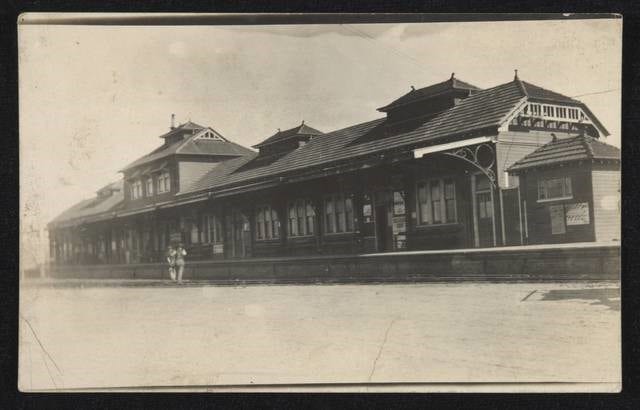
The new Gympie Station brought elegant architecture.
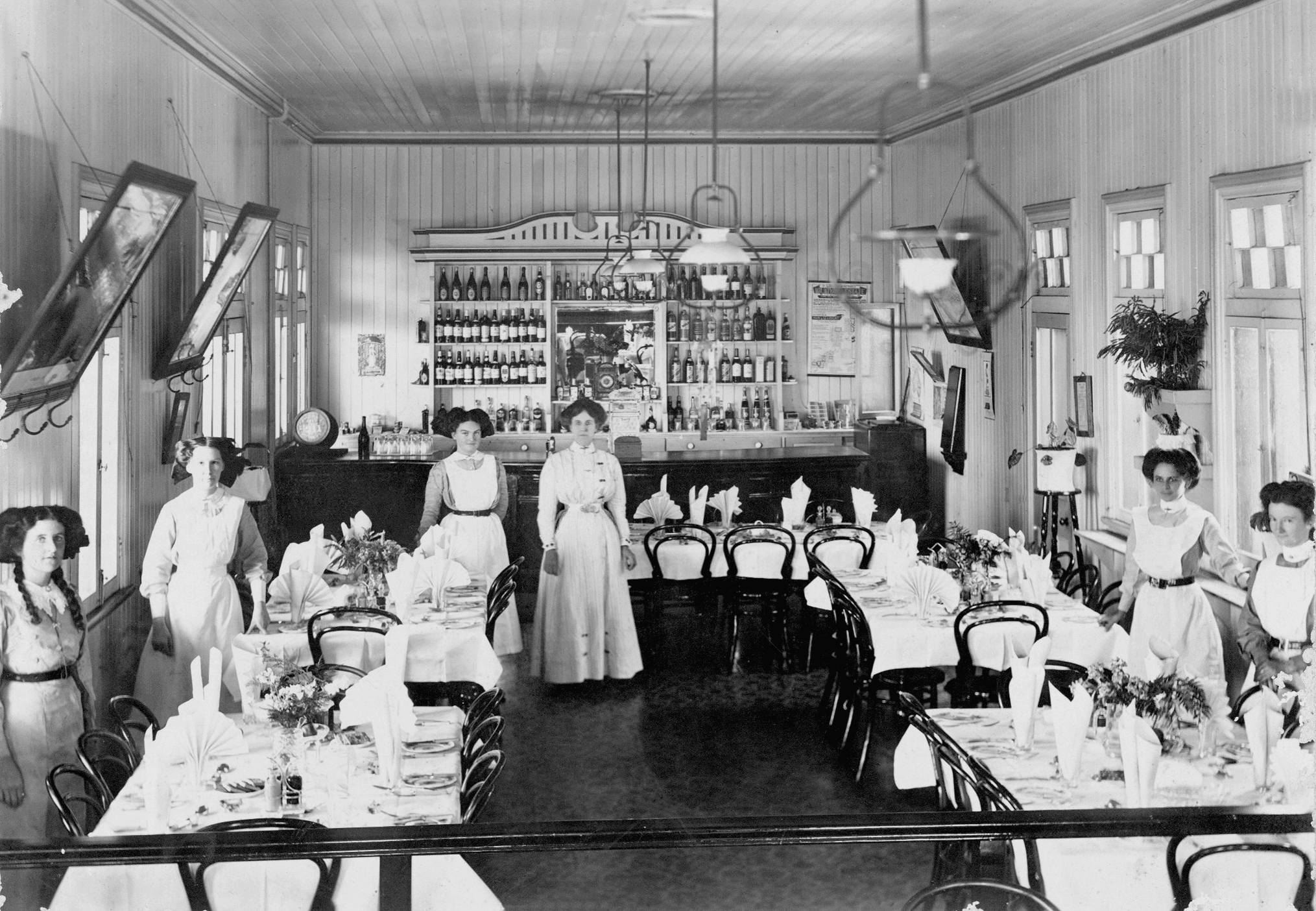
Mrs Hall’s Railway Refreshment Room to the Mary Valley train line in 1913.
While the Mary Valley Rattler provided a powerful connecting force as the region expanded and attracted more people, the growing road network led to officials questioning the viability of the passenger and freight railway services. A new railway line was built bypassing Gympie in 1989, and in the mid-1990s, regular passenger services between Mary Valley and Gympie ended for good.
As one door closed, though, another one opened, as the Gympie/Mary Valley community were determined to keep their much loved heritage railway on track to showcase the beautiful Mary Valley.
New Era for the ‘Rattler’
Just a year after commuter services ended, a new organisation known as the Mary Valley Heritage Railway was created in 1996 by the local community and steam railway enthusiasts to re-open the line and operate tourist train services.
On May 23 1998, the Mary Valley was again welcoming the familiar chugging sounds of the Rattler as it navigated its way through the spectacular countryside.
The love of such an atmospheric experience saw the Rattler attract some 33,000 guests annually, but in 2012, major upgrading work was required along the track, requiring a hiatus of six years before the Mary Valley Rattler was able to resume.
The Mary Valley Rattler recommenced operations in October 2018, operating both steam and diesel passenger trains as well as two types of railmotors from Gympie Station to the town of Amamoor.
Additional heritage carriages were restored, and special facilities introduced for mobility-challenged passengers and guests wanting to bring along their pet. The Rattler has also featured in international television series and promotions.
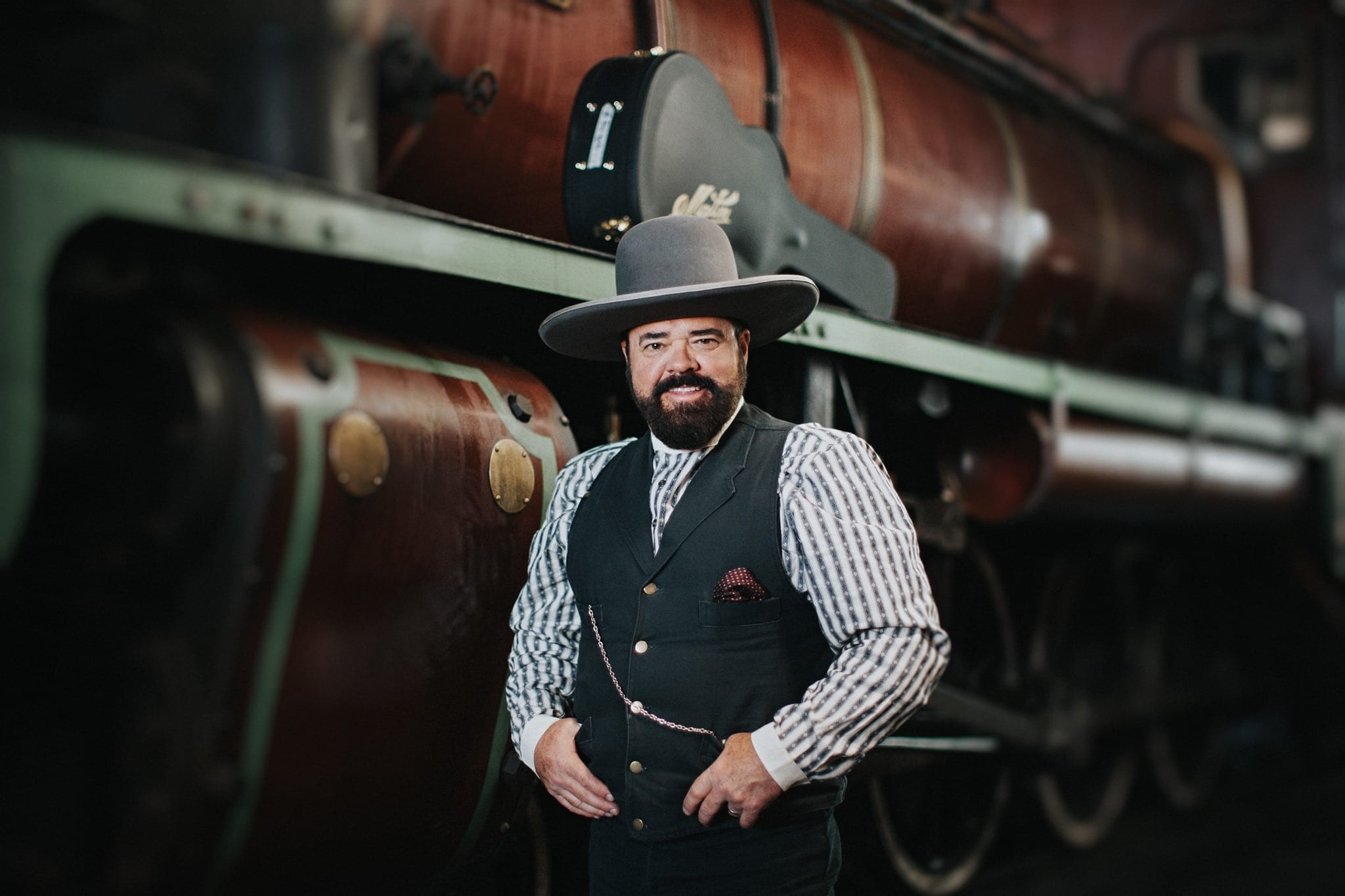
Former INXS co-founder, Andrew Farriss, filmed a promotional video on board the Rattler.
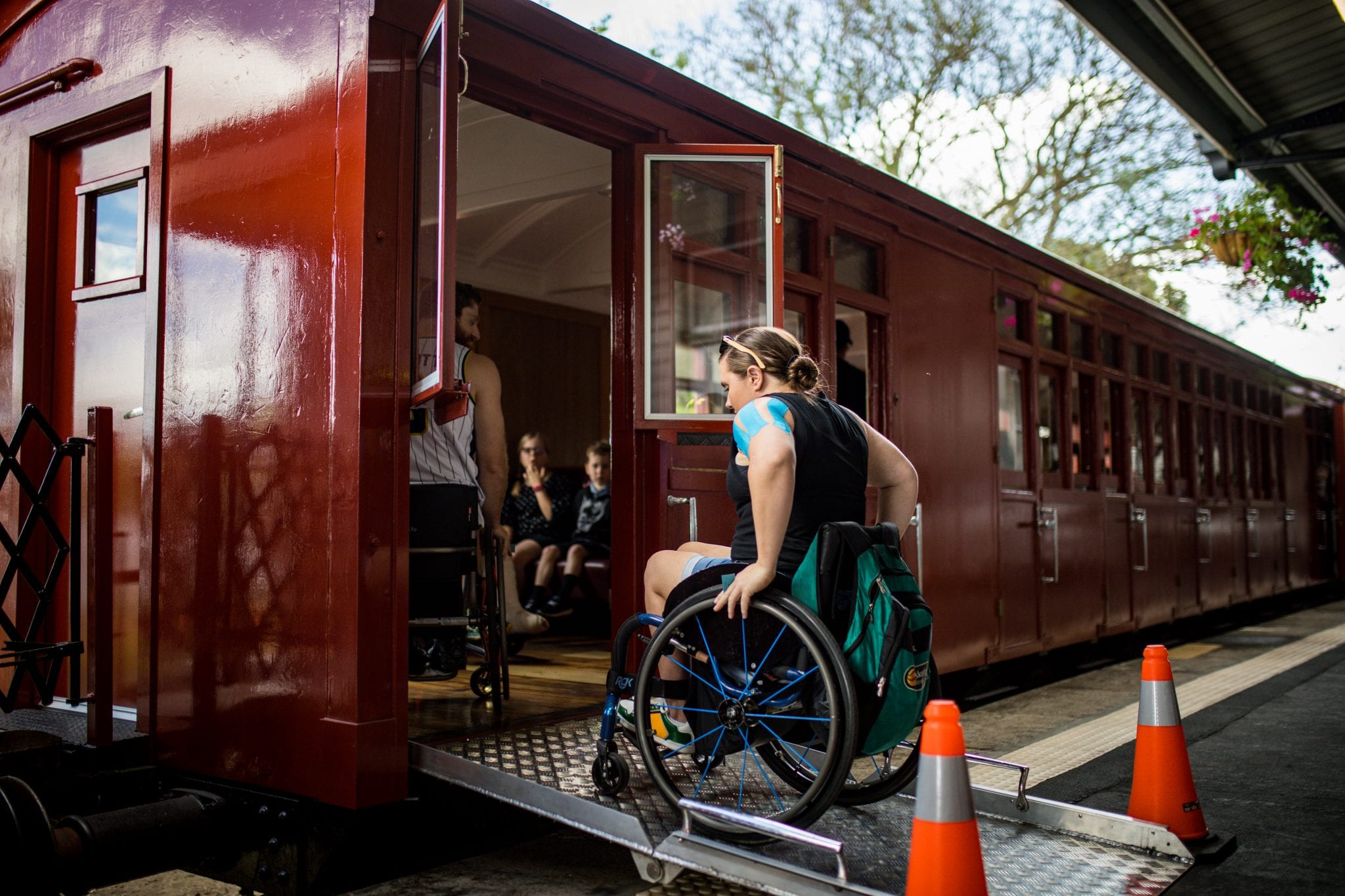
Paralympians Hannah Dodd and Steven Elliott were amongst the first passengers to use the Rattler’s new All Access carriage.
New services were added, including picnic trains, gourmet food services, and special event services for weddings, parties, Anzac Day, Australia Day and even murder mysteries and Halloween.
As a not-for-profit enterprise, the Rattler’s future is driven by volunteers and the local community, which offers a vast range of talent and experience. The Rattler was recognised in the 2021 Queensland Tourism Awards with Gold for Outstanding Contribution by a Volunteer or Volunteer Group, and Silver for best Tourism Attraction.
Just as the Rattler was a catalyst for the region’s early development in the 19th century, today the Rattler is attracting visitors from across Australia and around the world, providing a memorable experience for tourists and significant economic benefits for the local community.
